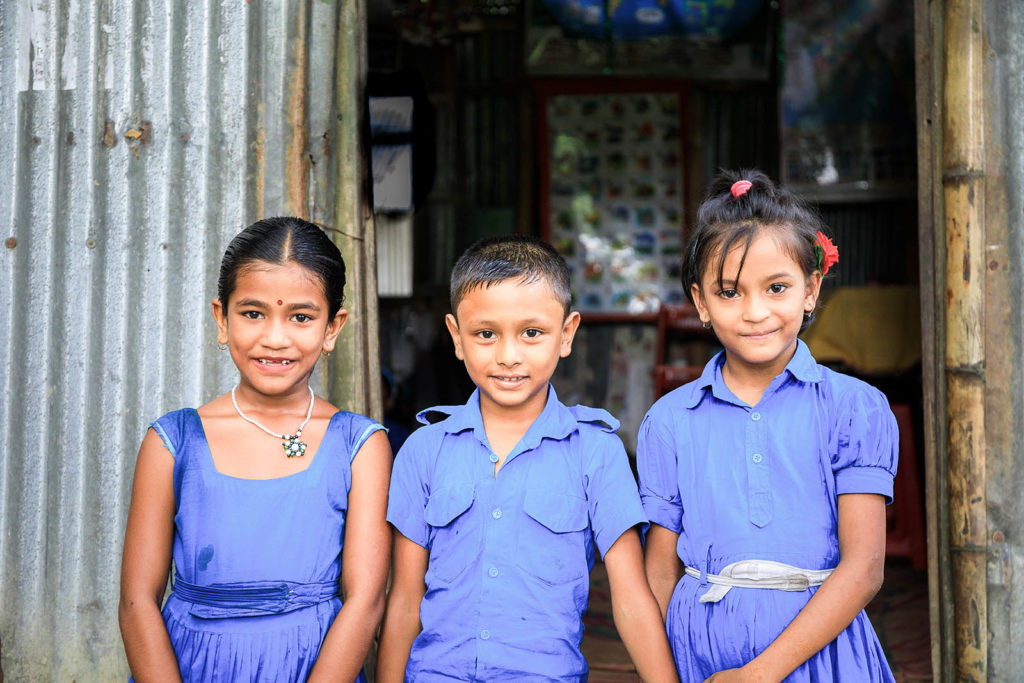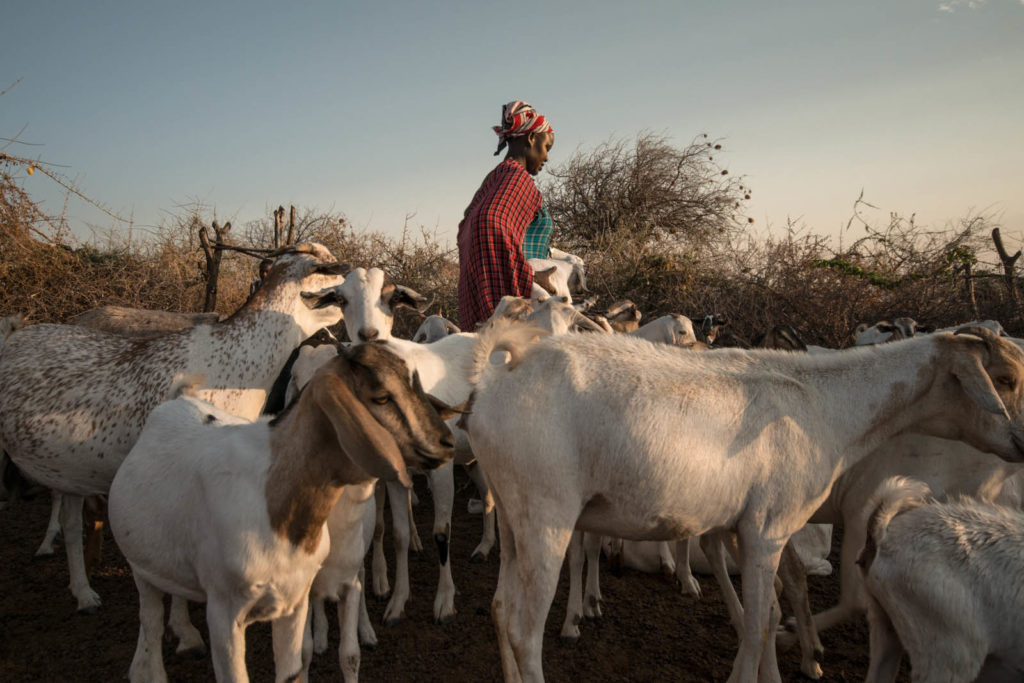On this year’s International Women’s Day it’s time to contemplate both gender inequality and climate change. It’s interesting to think about how these two issues – women and climate change – are linked. And they are, in more ways than one. Plus, women play a hugely important role when it comes to climate solutions.
Social solutions to climate change aren’t as readily understood or as talked about as technological solutions (like energy efficiency and renewable energy). Yet there is enormous value in exploring these social options.
Project Drawdown, a global research project which identifies and assesses solutions to climate change, has identified three solutions that stem from improving the rights and wellbeing of women and girls. According to Project Drawdown taken together, these solutions, which improve the lives of women and girls, have the potential to reduce greenhouse gas pollution by over 100 gigatonnes by 2050 – an amount roughly equivalent to the entire world’s greenhouse gas pollution from fossil fuels and industry over the last three years.
Family Planning
Tackling climate change is one reason among many for governments to dedicate the necessary funds to family planning programs in developing countries. Family planning improves the lives of women and children, as well as having an impact on greenhouse gas emissions by slowing population growth. Aside from the importance of women having the right to be able to choose when and how many times to have a baby, giving women access to family planning is necessary if the world is to attain the UN’s population recommendation of 9.7 billion people by 2050.
 Schoolgirls outside their tin plate school in Bangladesh. Image: Shutterstock
Schoolgirls outside their tin plate school in Bangladesh. Image: Shutterstock
Education
An educated woman has more choices open to her, including that of having children. So the link between educating girls and climate change comes down to curbing greenhouse gas pollution by slowing the global population growth. According to the UN’s Educational, Scientific and Cultural Organisation, by closing the $39 billion gap in funding for education not only improves the lives of women and girls, but potentially has a significant impact on reducing greenhouse gas pollution.
The incredible Malala Yousafzai is the youngest recipient of a Nobel Peace Prize, recognised for her work in advocating for education rights for girls. Her goal is to secure 12 years of safe, quality education for girls all over the world.
Education can also build resilience in women and girls. As climate change wreaks havoc with our world, bringing more droughts, heatwaves and flooding, people (and disproportionately women as primary food producers and child carers), will have to cope with these extreme events.
 A Maasai woman in Kajiado County, Kenya with her herd of goats. Image: Nelli Stevenson
A Maasai woman in Kajiado County, Kenya with her herd of goats. Image: Nelli Stevenson
Agriculture
Providing women smallholders in low-income countries with greater access to resources and land has the potential to produce greater crop and livestock yields, producing more food from the land and reducing pressure for deforestation. Women are the primary workers in these places making up 43% of the land workforce and produce between 60 and 80% of food crops. The statistics vary from country to country but share a common fact: compared to men, women have less access to land (or the ability to own land), credit and education.
Research shows that if women have access to land, they can help their family become self sufficient and get maximum yield out of a plot of land. According to the UN Food and Agriculture Organisation, “It will be difficult if not impossible to eradicate global poverty and end hunger without building resilience to climate change in smallholder agriculture through the widespread adoption of sustainable… practices.”
The Nepalese government has introduced several measures to promote women’s access, ownership, and control over land. This has been through the adoption of tax exemptions of between 25% to 50% for land owned by women. This increased ability to own land has had a positive impact on the health of children.
Project Drawdown gathers and facilitates a broad coalition of researchers, scientists, graduate students, PhDs, post-docs, policy makers, business leaders and activists to assemble and present the best available information on climate solutions in order to describe their beneficial financial, social and environmental impact over the next thirty years. It is from the book ‘Drawdown’ that the idea for this article originated and that many of the facts were drawn.